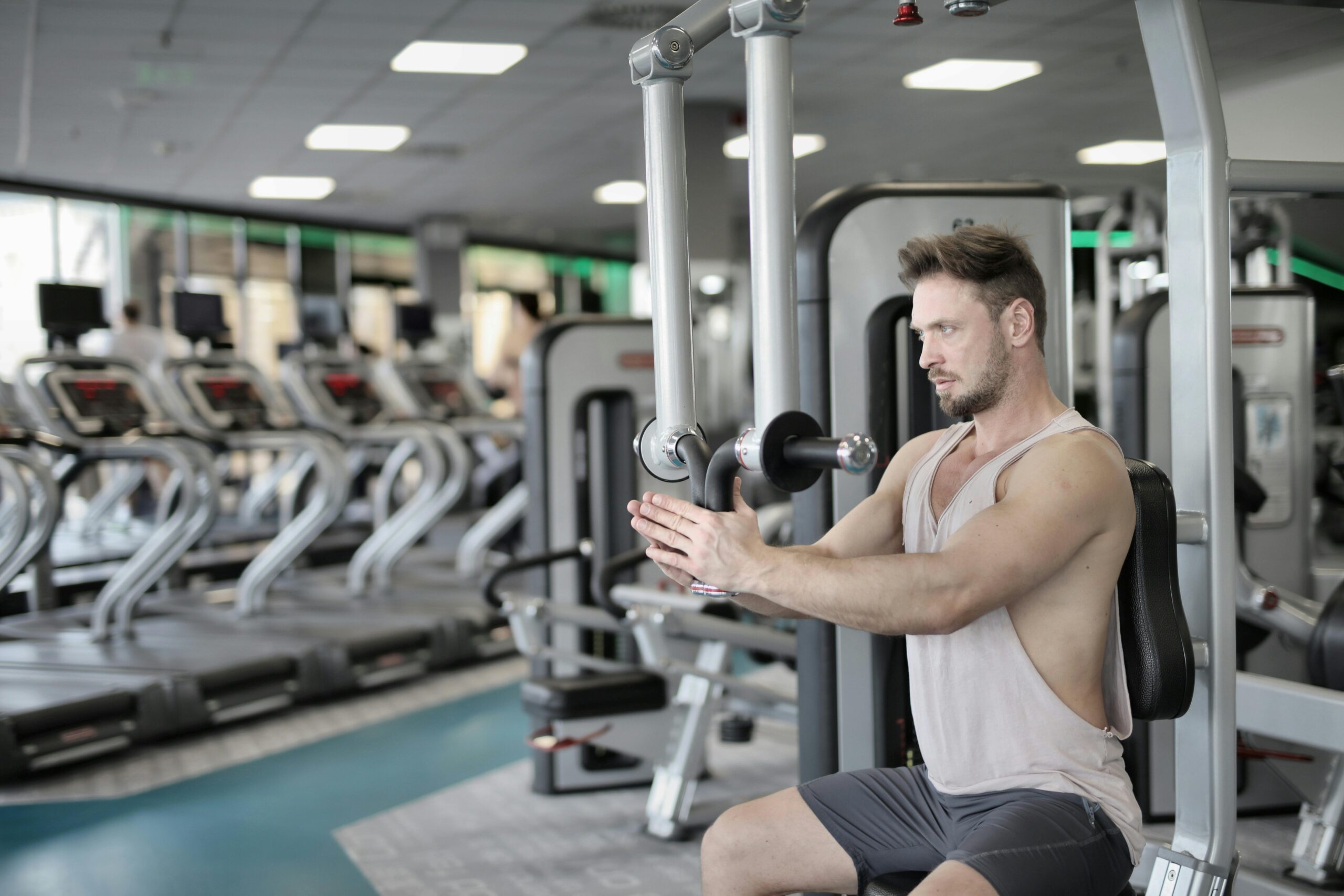In the contemporary, high-speed world, stress, and muscle tension have become prevalent concerns for numerous individuals. Whether due to the demands of work, daily responsibilities, or simply the strains of modern life, finding effective ways to relax your muscles is essential for overall well-being. Incorporating natural supplements like Gold Bali Kratom into your routine can further enhance your relaxation experience, or you can opt for some techniques to relax your muscles naturally. This comprehensive guide will explore various muscle relaxation techniques to help you alleviate tension and promote a sense of calm.
Deep Breathing Exercises
Deep breathing exercises are a straightforward yet highly efficient method for muscle relaxation and stress reduction. The practice of deep breathing triggers the body’s natural relaxation response. Here’s how to do it:
- Find a Quiet Space: Choose a quiet place where you won’t be disturbed.
- Sit Comfortably: Take a seat in a cozy chair, ensuring your feet are planted firmly on the ground, and let your hands rest gently in your lap.
- Inhale Slowly: Inhale slowly through your nostrils, counting to four as you take in the breath.
- Exhale Slowly: Exhale slowly through your mouth, counting to six as you exhale.
- Repeat: Continue the rhythmic deep breathing for several minutes, focusing on your breath while releasing accumulated tension.
Progressive Muscle Relaxation
Progressive muscle relaxation is an approach that entails deliberately tensing and subsequently releasing various muscle groups within your body, aiding in heightened awareness of muscle tension and facilitating its relaxation. Here’s how to practice progressive muscle relaxation:
- Start at Your Toes: Begin by focusing on your toes. Contract the muscles in your toes briefly, then allow them to loosen and relax.
- Work Your Way Up Gradually move up through your body, tensing and relaxing each muscle group, including your legs, abdomen, chest, arms, and neck.
- Breathe: Remember to breathe deeply as you go through this process. Inhale while tightening the muscles and exhale as you gradually release them.
- Complete Relaxation: When you reach the top of your head, your entire body should feel more relaxed and tension-free.
Guided Imagery
Guided imagery is an impactful method that combines relaxation with the power of visualization, requiring you to harness your creative imagination to construct a soothing mental image. Here’s how to practice guided imagery:
- Find a Quiet Space: Sit or lie down in a quiet and comfortable place.
- Close Your Eyes: Close your eyes to help you focus inward.
- Visualize a Peaceful Scene: Imagine yourself in a tranquil location, such as a beach, forest, or meadow. Picture the sights, sounds, and sensations.
- Engage Your Senses: As you fully submerge yourself in this tranquil mental retreat, involve all your senses. Feel the sun’s warmth, hear the gentle waves, and smell the fresh air.
- Stay in the Moment: Spend several minutes in this peaceful mental space, relaxing your body and mind.
Yoga and Stretching
Engaging in yoga and stretching routines can alleviate muscle tension while enhancing flexibility. Regular practice of yoga can also promote relaxation through controlled breathing and mindfulness. Consider incorporating these exercises into your routine:
- Child’s Pose: Take a kneeling position on the floor, resting your buttocks on your heels, and gently extend your arms forward. This stretch can help alleviate tension in your back and shoulders.
- Cat-Cow Stretch: While on your hands and knees, you can alternate between arching your back, resembling a cat’s stretch, and extending it downward, akin to a cow’s posture. This practice is effective in promoting spinal flexibility and relieving tension in the back muscles.
- Legs-Up-the-Wall Pose: Recline on your back while positioning your legs against a wall; this posture can help relieve tension in the lower back and legs.
Massage and Self-Massage
Massage is a well-known method for relieving muscle tension, but you can also practice self-massage techniques at home. Using your hands, a foam roller, or a massage ball, gently work on areas of tension in your body:
- Neck and Shoulders: Use your fingertips to knead the muscles in your neck and shoulders, working out knots and tightness.
- Back and Spine: Lie on your back with a foam roller beneath you, then gently roll back and forth to release tension along your spine.
- Legs and Feet: Use a massage ball to roll out the soles of your feet and the muscles in your calves.
Conclusion
Incorporating supplements like gold bali kratom or these muscle relaxation techniques into your daily routine can help you manage stress, alleviate muscle tension, and promote overall well-being. Choose deep breathing exercises, progressive muscle relaxation, guided imagery, yoga and stretching, or massage; finding the proper technique for you can lead to a more relaxed and balanced life. Make self-care a priority and experience the benefits of these relaxation methods.
